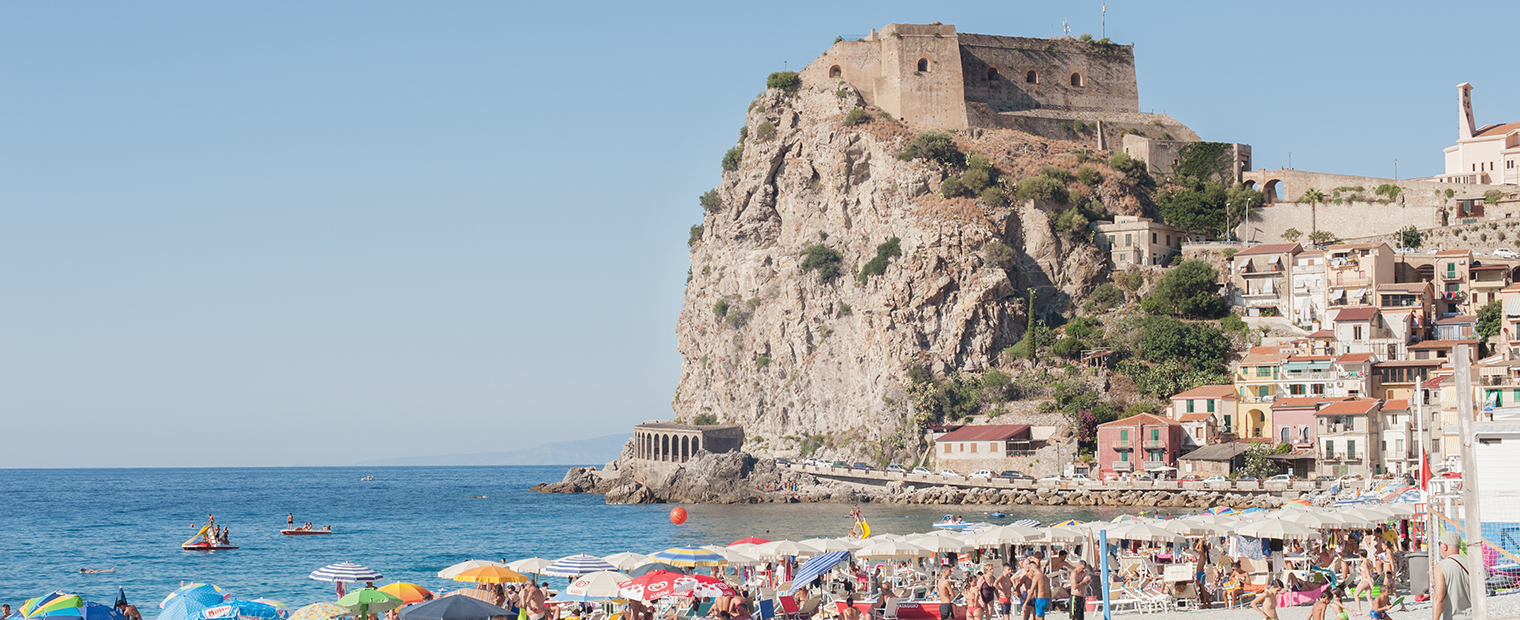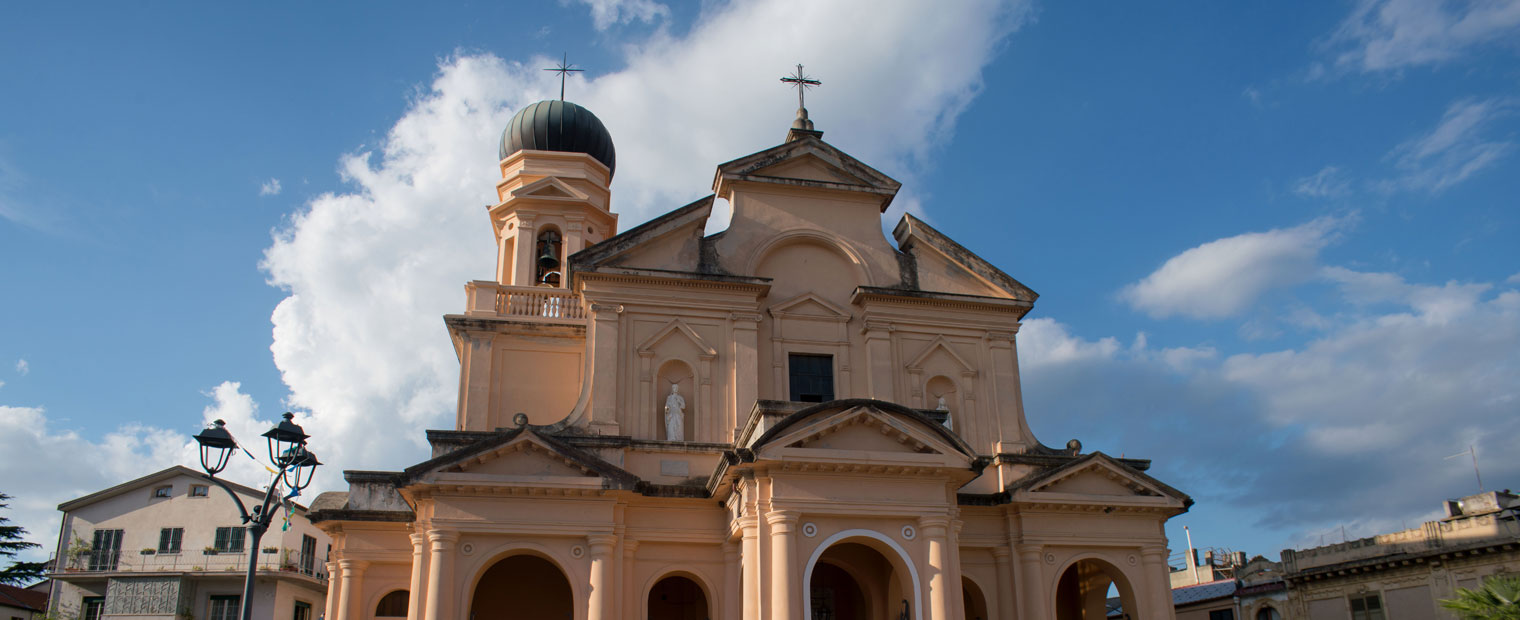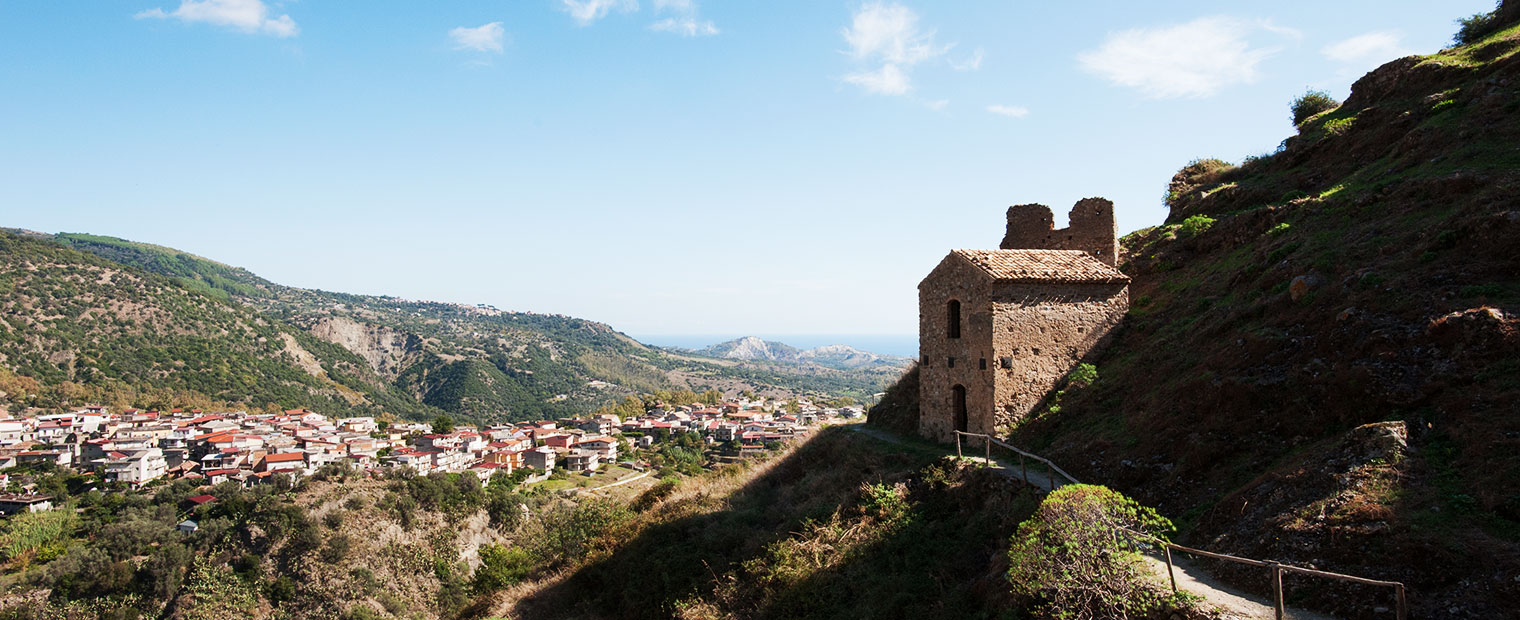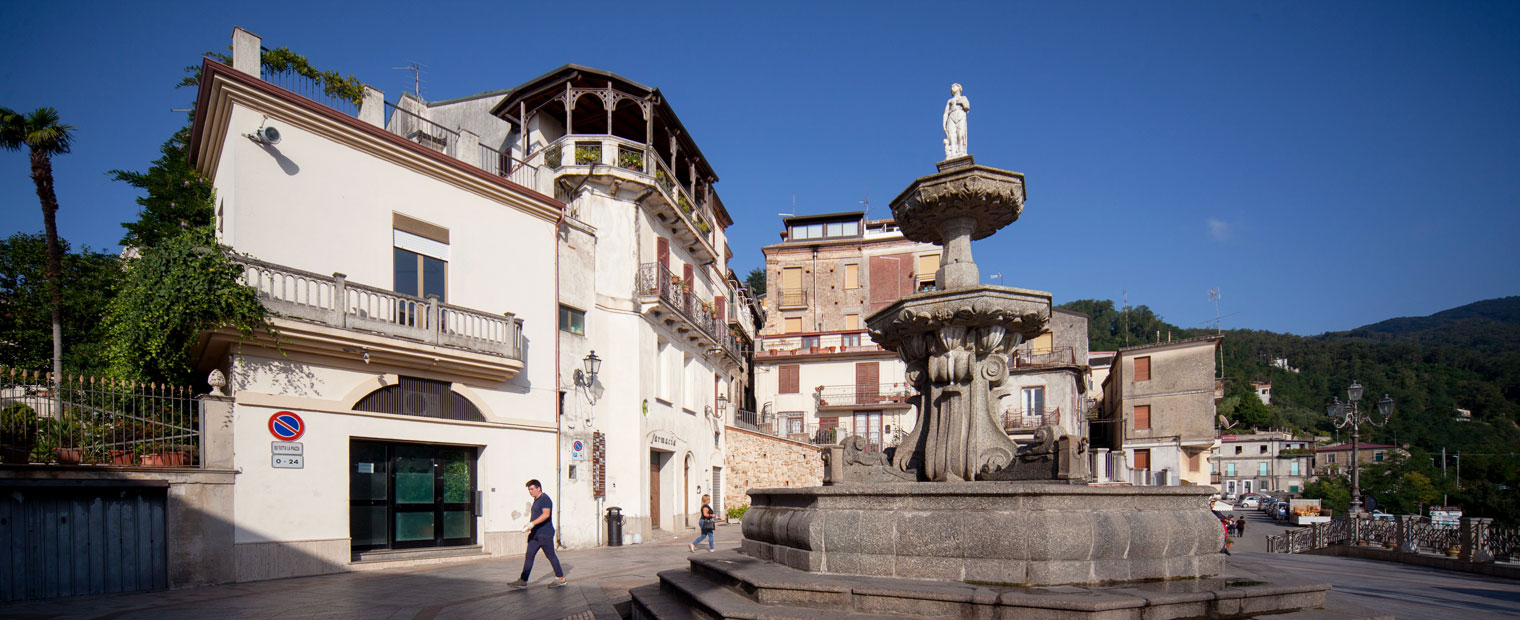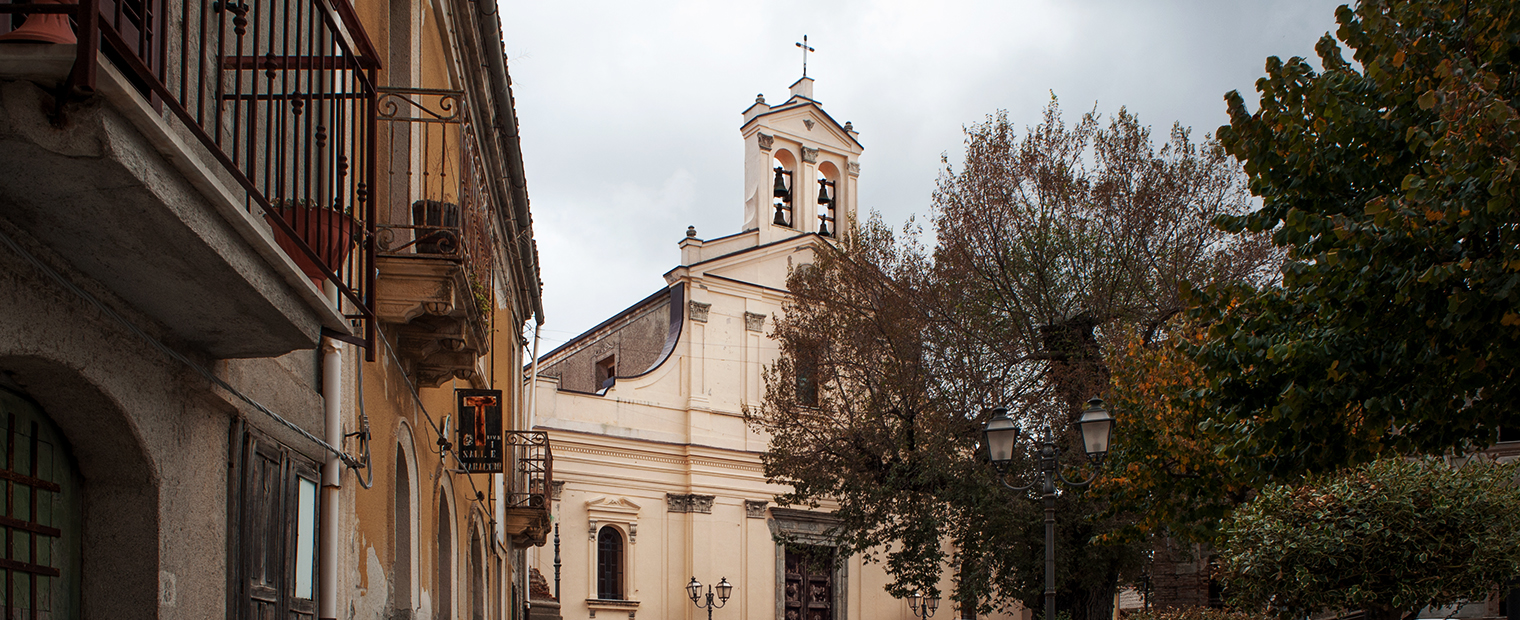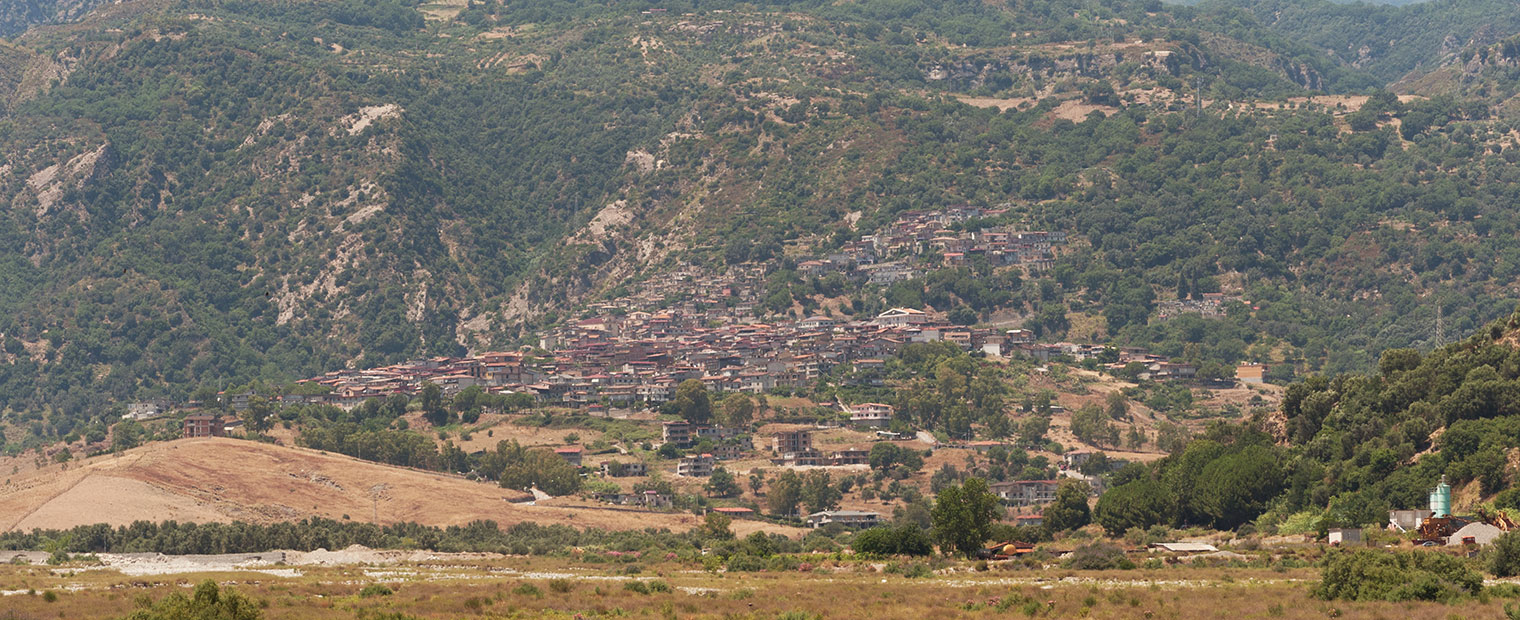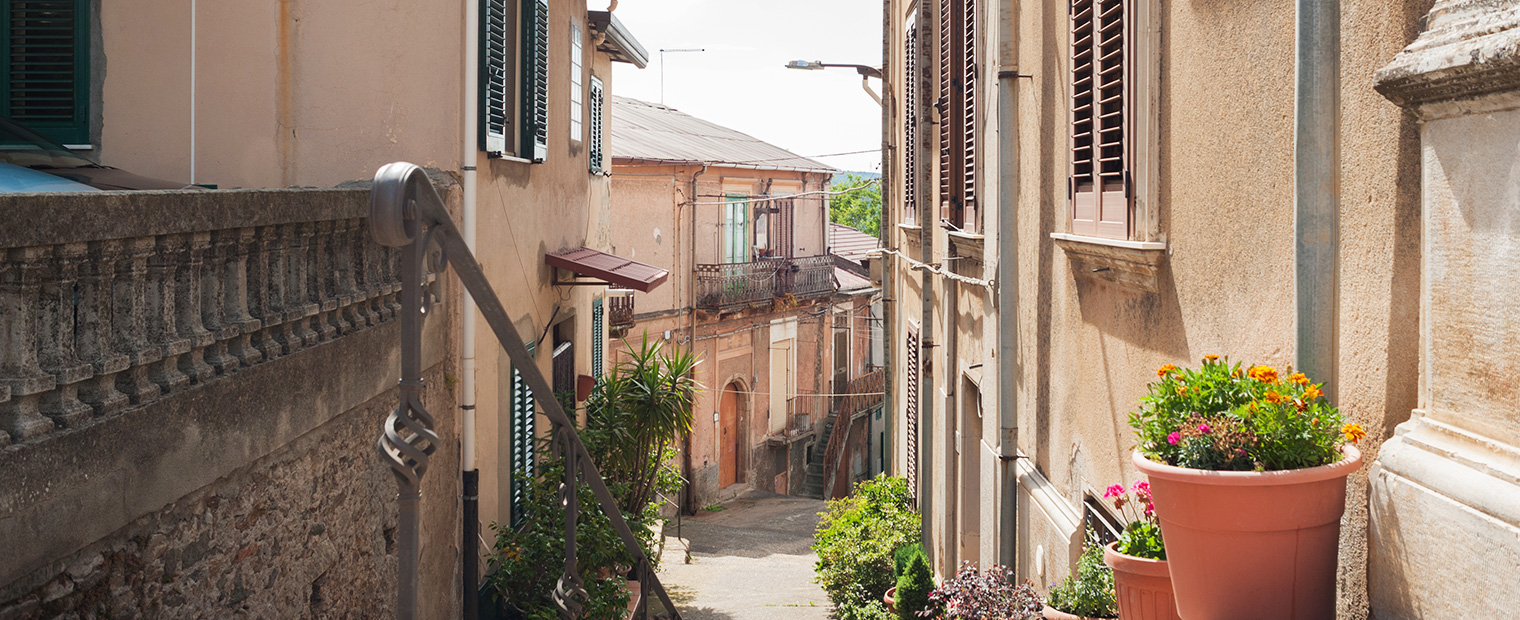The Metropolitan Area of Reggio Calabria, set between the two coastal fronts of the lower Ionian Sea on side, and the Tyrrhenian Sea on the other, has 97 municipalities: villages of great interest for both their historical and architectural features, and the wonderful landscapes that characterise them. It is an area at the centre of the Mediterranean whose history, not surprisingly, is strongly influenced by the different cultures of the people who have passed through here. In the heart of the metropolitan area of Reggio Calabria, between the approximately 220 kilometres of coastline that extends from Rosarno to Punta Stilo (Monasterace), lies the imposing Aspromonte massif that almost seems to retain the three main sides: the eastern Ionian south characterised by low coasts, and the southwestern and northwestern Tyrrhenian Sea, characterised by high frontal coasts. The territory, which hosts about 30% of the regional population with just under 60,000 inhabitants, presents profound contrasts to the landscape: sea and mountains together, key factors of the territory around which history, culture, and traditions are intertwined. Particularly rich is the naturalistic context that boasts a great variety of ecosystems and typical Mediterranean landscapes. It is a heritage that boasts examples such as the Costa Viola, the Riviera dei gelsomini, the Valley of Torbido, and the Valley of the Stilaro. On the Tyrrhenian side, the Piana di Gioia Tauro, is known for its port that ranks among the first places in the Mediterranean and in Italy for traffic intensity. The Ionian side responds with Locride, a typically rural area where traditional crops flourish and the Grecanica area (or Bovesia), located in the heart of the Amendolea valley. It is place with ancient roots in which some towns (specifically Bova, Gallicianò, Roghudi, and Roccaforte del Greco) pass on and still protect the use and knowledge of the Greek language.
Rosarno: A balcony on the Tyrrhenian Sea
Set gently on a hill overlooking the port of Gioia Tauro, Rosarno is surrounded by two rivers, the Mesima and the Metramo, which make its land very fertile and suitable for difficult crops such as kiwi, the main product from the plains of Gioia Tauro together with citrus fruits and olives.
[...]
Samo: the home of the Pythagoras of Reggio
Founded by the Greeks who fled from the island of Samos due to the infrequent incursions of the Persian army, Samo was an important Magna Graecia port characterised by intense commercial activity with Greece and the Magna Graecia poleis. Homeland of the sculptor Pythagoras of Reggio, as written by P [...]
San Giorgio Morgeto: the Middle Ages are here
With its typical medieval layout, San Giorgio Morgeto is town rich of historical wonders. One of the 37 municipalities that are part the Aspromonte National Park, dominated by the Castle of the same name, dates back to 1296 and is a great example of Norman-Swabian defensive architecture in Calabria. [...]
San Lorenzo: one of the last villages to abandon the Greek language
Of great historical importance, San Lorenzo is a small town of Byzantine origin, characteristic and extremely fascinating, in which Greek was spoken until the first half of the 18th century. Added to this are the hamlets of Chorio, San Pantaleone and San Lorenzo Marina, a village that over time has [...]
San Luca: culture, mystery and timeless beauty
The story San Luca began a long time ago in Magna Graecia, but the earliest and most definite traces of human settlements take us to the end of the year 1000, when the Saracens plundered the ancient village of Pietracucca, in all likelihood situated at the foot of the stone monolith of Pietra Cappa. [...]
Santa Cristina d’Aspromonte: Diruta, Nuova, D’Aspromonte!
The toponym linked to the cult of the saint can be traced back to Greek documents from the 10th century onwards, “Αγία Κρίστίνα”, which was the latinised in “Clerici S.Christine”. According to other scholars, the name may derive from the ancient castle, mentioned in the lift of S. Elia il Giovane (“ [...]
